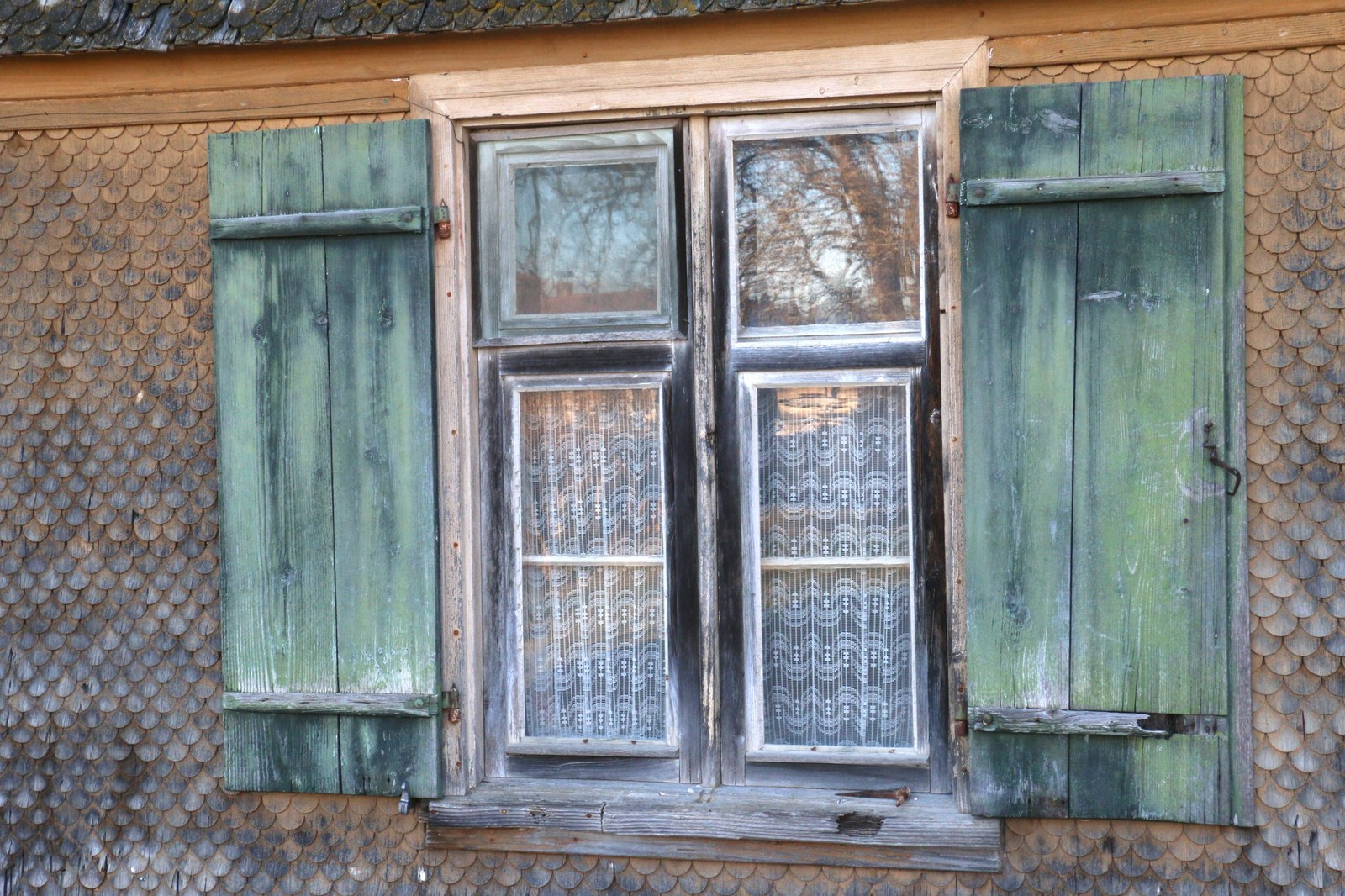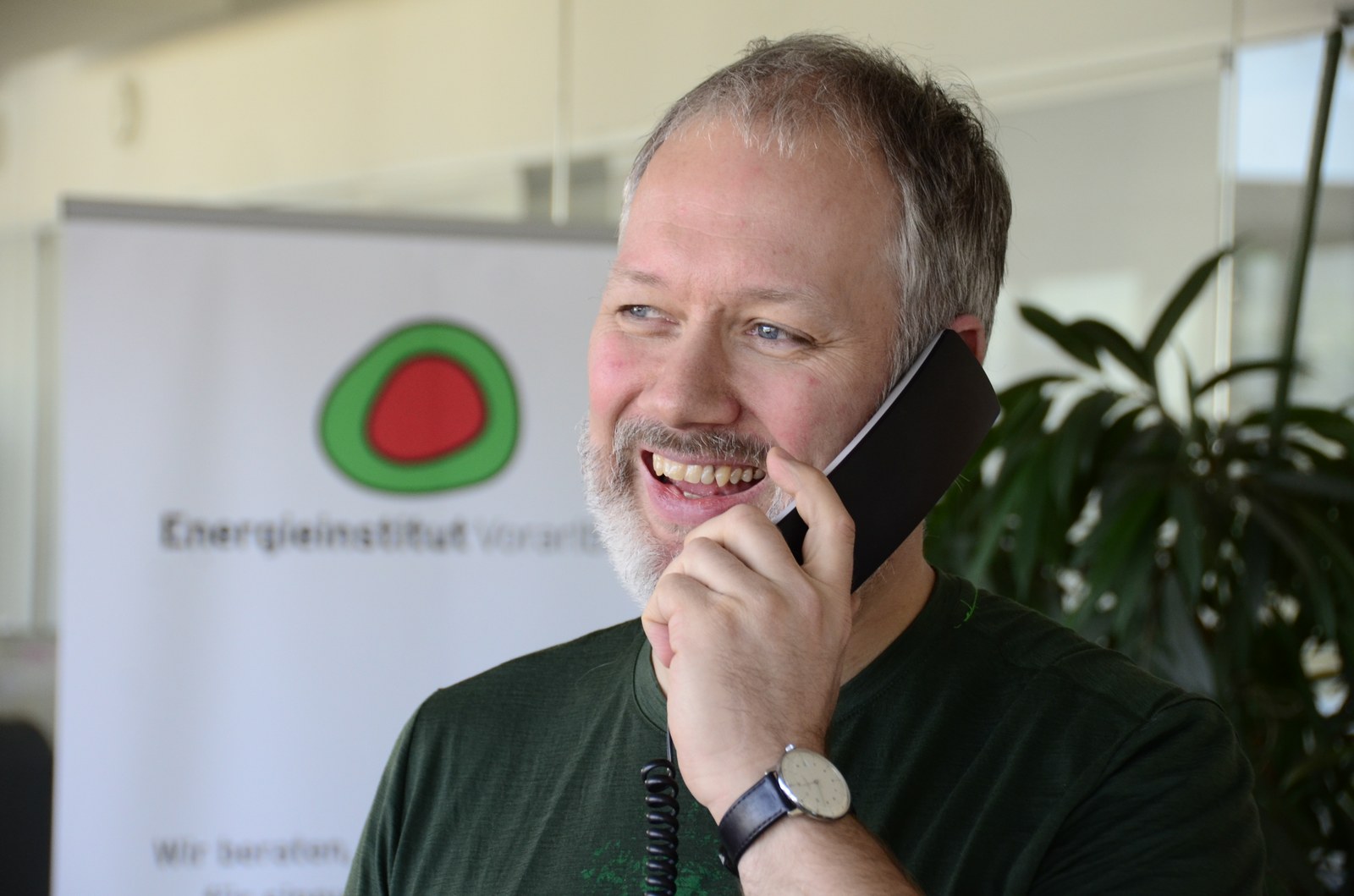GreenSan I Interreg Alpenrhein-Bodensee-Hochrhein
Cross-border Resource-conserving, energy-efficient and sustainable Renovate







Sustainable refurbishments can only be realized if resource efficiency, economic efficiency and quality are considered together – with a view to neighborhood development and the long-term and adaptable usability of the properties. The initiation and preparation of best practice examples with a focus on the above-mentioned topics is intended to show the market alternative implementation options. The data gained in this way can be incorporated into the development of databases, tools and evaluation options and guarantee practical relevance.
Target
The initiation and preparation of best practice examples with a focus on the above-mentioned topics is intended to show the market alternative implementation options. The data gained in this way can be incorporated into the development of databases, tools and evaluation options and guarantee practical relevance.
Project partner
- Overall project management: Energieinstitut Vorarlberg
- Eza! Energy & Environment Center Allgäu (D)
- Energy agency Ravensburg (D)
- Climate Protection and Energy Agency Baden-Württemberg (D)
- baubook GmbH (AT)
- Energy ageny St. Gallen (CH)
Project details
- Project period: 01.01.2016 - 31.12.2021
- Total cost: EUR 1.862.533,-
- Funding framework: EUR 1.057.520,-
Project flow I Focus on content
The main focus of GreenSan was on the realization that sustainable refurbishment can only be achieved by taking a joint approach to resource efficiency, cost-effectiveness and quality. Other aspects of sustainable development include long-term and adaptable utilization concepts, redensification by continuing to build on existing buildings, and integration into neighborhood development.
The focal points in the areas of research and development, education and public relations included
- studies on economic feasibility, life cycle costs and quality assurance based on model projects,
- raising awareness of the sensible use of resources in the construction sector through the development of evaluation tools and databases and their dissemination,
- the development and dissemination of concepts for the creation of low-cost housing through redensification, and
- networking and training of professionals as well as information and consulting services for builders.
In 29 work packages, a wide variety of measures, tools and strategies were developed to support the dissemination and application of knowledge both among professionals and private builders.
Project outcome
Education
The project was concerned, on the one hand, with integrating the above topics into the training and continuing education of construction and energy professionals
- as a means of qualification,
- to counteract the shortage of skilled workers in the construction sector,
- as a contribution to quality assurance in construction, and
- so that the necessary know-how for good, sustainable renovations is available.
In this context, new approaches using the Internet have also been taken. E-learning and webinars represent a cost-effective and location-independent offer for further training, which should also facilitate access for young people in particular.
Research and development
The initiation, monitoring and processing of best practice examples was intended to show the market alternative implementation options in refurbishment. The data obtained in this process was incorporated into the development and implementation of the planned databases, tools and evaluation options. These tools enabled the inclusion of the topics of resources and economic efficiency in the daily work of consultants and planners and ultimately facilitated customer consulting and implementation in practice.
Public relations
Finally, public relations measures formed the framework for the project which ensured the dissemination of the GreenSan topics to the end customers and also to other market participants and decision-makers. At the same time, these measures helped to create awareness of the relevance of resources in the construction sector.

